Hello Going Expat people and welcome back on the blog pages.
I’m writimg this article from a sunny and warm Rotterdam and with eyes full of the beauty seen in Lisbon during last week-end.
Before I tell you about my experience, I want to make a clarification. I am not a travel blogger and I do not act like one. Although on the blog there is a page dedicated to travel and on Instagram I also enjoy talking about it a bit in reel or carousels, the goal is just to share my experience and my point of view.
Going Expat’s main mission is to talk about expat life and everything that comes with it.
Not to be missed in Lisbon.
Lisbon has that decadent charm of port cities and that fascinating “call of water” that I cannot explain in words. If you have read a bit about me you will know that I was not only born and raised in a port city (Messina), but I live in Rotterdam, famous for having the largest port in Europe, and I lived for a time in Genoa.
In short, the geographical position of Lisbon is a good advantage for me.

The first day was dedicated to the Alfama district, one of the best known ones, reachable also by the famous tram 28 (the one you always see in the photos of Lisbon, yes I did some too).
The neighborhood is clearly popular, full of life and small restaurants called Tasca where they serve typical cuisine (baccalá in all forms, mostly) and, from my point of view, can be considered as the portuguese version of the spanish tapas , although they are more expensive.
Narrow streets and glittering garlands will make you realize that you have arrived at your destination!
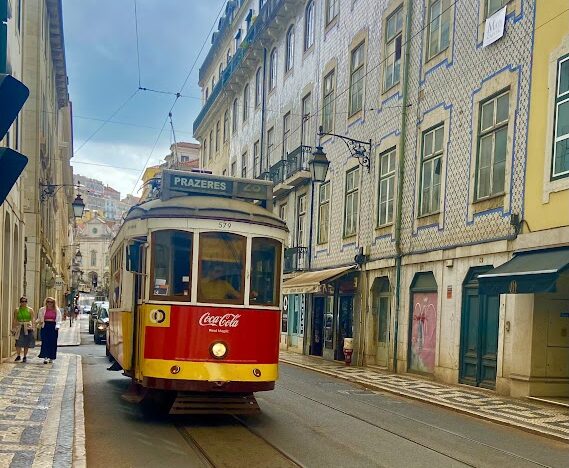
Another interesting stop was the Castelo Sao Jorge and its village.
The visit to the castle costs €10, it is very impressive because you have a full view of the city from above. The visit can last a few hours because the castle is very large. You can also take a pleasant walk of one hour to see the most relevant points. I liked it, I think it is worth seeing it but it is not the most beautiful thing of this city.
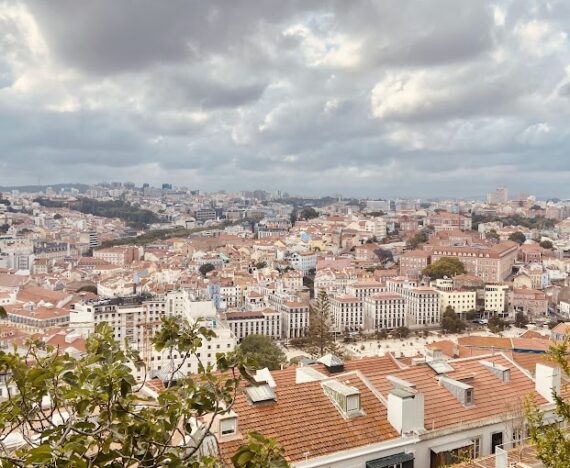
The castle was built as a fortification and was not intended to be used by royalty to live there. Consider also that the first traces of its construction date back to the first century B.C. while the neighboring village began to be inhabited only four centuries later.
It was dedicated to Saint George in the 15th century by King John I who had married the English princess Philippa of Lancaster, because the saint was popular in both countries.
The second day was the day of absolute beauty.
We started the day with a visit to the Museo dos Azulejos, located inside an old convent. Here you will find every piece of azulejo, the typical decorated tiles that you will also see on the facades of many buildings in the city.
History, art and religion come together and at the museum you can also admire how the design of the azulejos has evolved. Many have been made in modern times and in line with the period and fashion of the various times. The visit costs €5, free if you have the Lisboa Card (we talk about it later in the article).
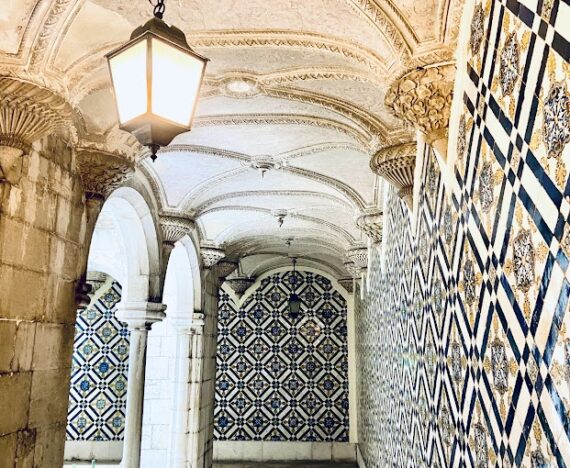
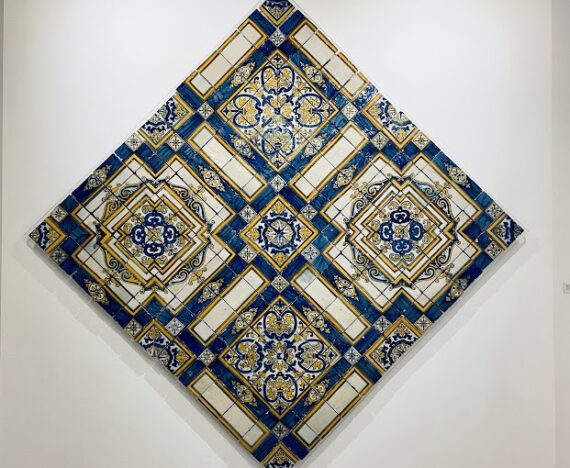
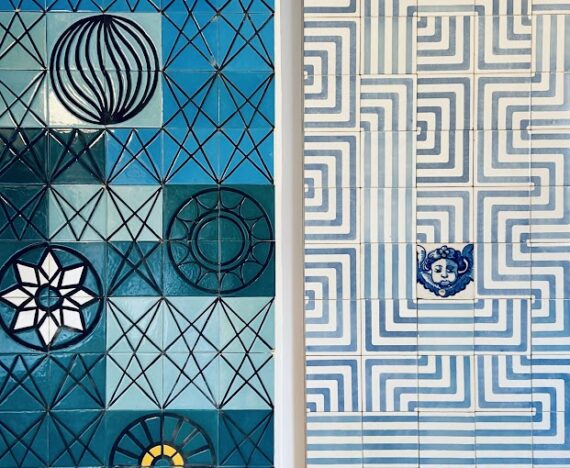
Let’s move towards Belém, where you can not only visit the famous Tower but also the extraordinary Monastery do Jeronimós.
Let’s go in order.
Monasterio dos Jeronimos is something that words can not describe and photos do not do it justice. It was built by King Manuel I in honor of Vasco de Gama who had returned from the discovery of India.
It ties together Manuelian and, easier to recognize, Gothic elements, although it also has parts in Renaissance style, such as chapels.
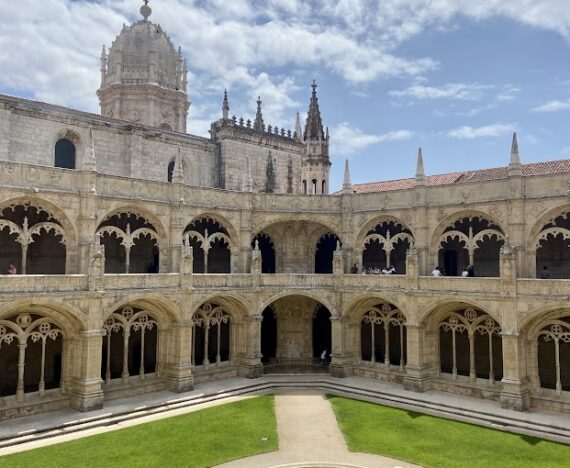
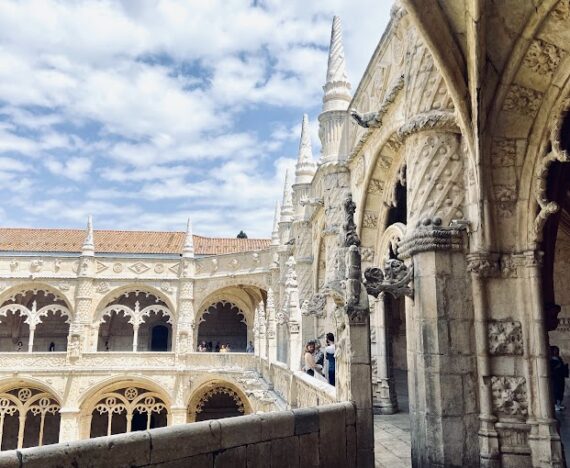

Together with the Torre de Belém and the Padrão dos Descobrimentos (Momument to the discoveries), it is a celebration of the most important historical period of Portoghee, that of the discoveries of distant and still unknown lands.
In fact, the Padrão dos Descobrimentos is located right in front of the monastery. A huge monument in the shape of Caravella, which celebrates Henry the Navigator and all the sailors who have ventured to sea
The Belém Tower is located a few steps from here, a pleasant walk on the banks of the gigantic river Tagus will frame these hours of discovery, literally.
Although I did not find any information about its shape, even the tower reminds me of a caravel.
There are various opinions on its position. There are those who say that it was initially on a fortress, but because of the earthquake of 1755 that destroyed the city, now we find it on the bank of the river. Another rumor, confirmed by the authorities, wants it instead in the middle of the river, but following the earthquake and the natural changes of the river, now we find it in the position we see.
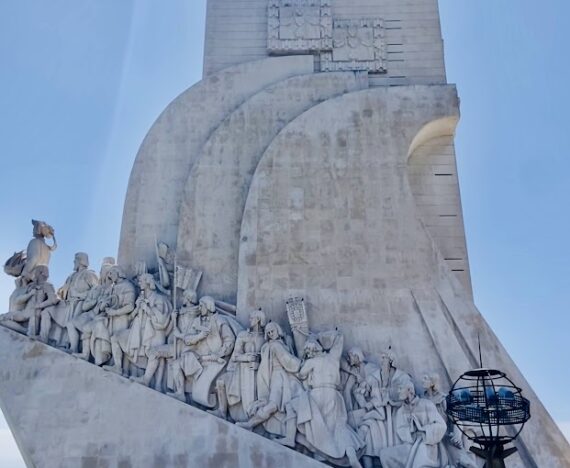
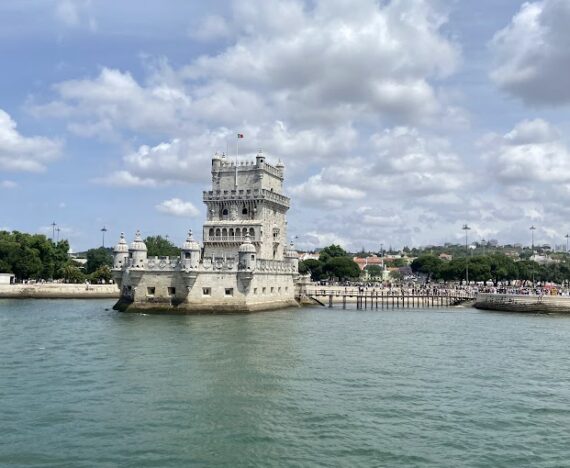
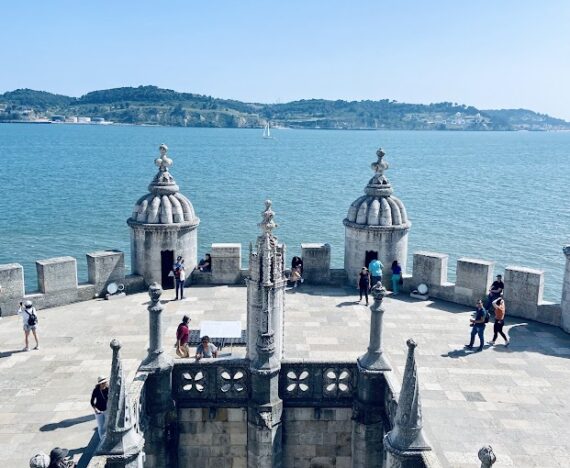
What else to see in Lisbon.
As I said, the one listed so far is something you absolutely cannot miss in Lisbon. I will now show you other things that I liked, starting from the idea to go around the city and discover it without necessarily having a precise goal.
The squares are very large, colorful and lively. On Sundays there seems to be a market in each of them.
Figueria Square, Rossio Square and Commerce Square, among them all. The trade square and its palace were completely destroyed by the earthquake, tsunami and fire of 1755. Some elements of the current palace, such as the 2 side towers, were built in memory of the old palace.
It is facing the river, which as I said before, is huge and flows into the ocean. From here you can see the famous 25 Abril bridge, which is reminiscent throughout the Golden Gate, with the difference that it is a hundred meters lower. The date that gives the name to the bridge commemorates the anniversary of the restoration of the Republic in Portugal.
The statue of Christ-Rei, in the image and likeness of Christ the Redeemer of Rio. The statue was built in the 1950s to thank God for sparing Portugal the horrors of World War II.
Walk along the arcades that stretch from both sides of the Arco Augusta.
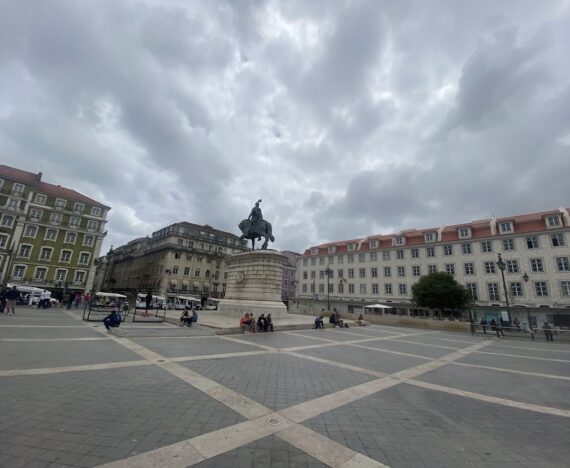
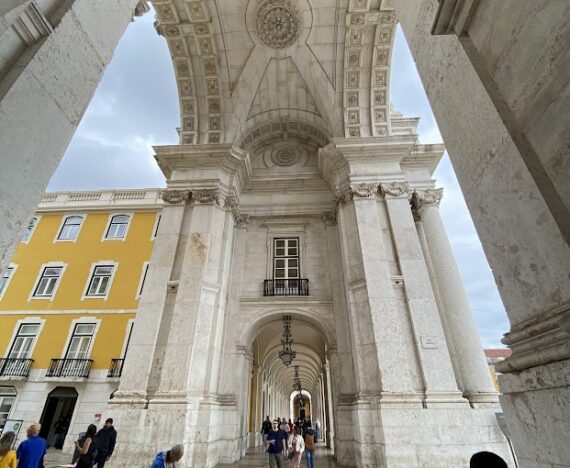
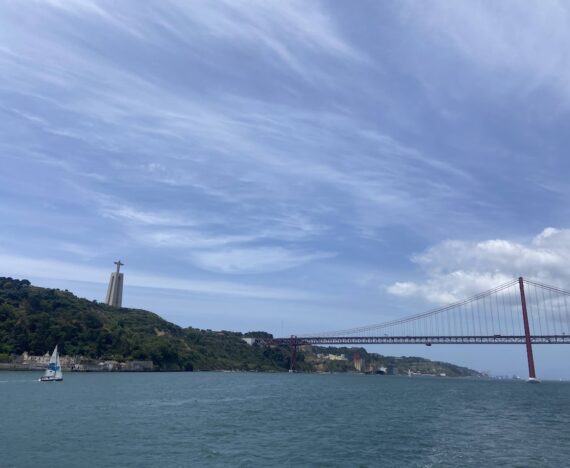
What to eat in Lisbon.
I must be honest, I expected a more varied cuisine. The cod is the master, in all shapes and sauces, fried, frayed, a la bras etc… He competes with the octopus, which you also find as hot dog, with rice and fried too.
The famous Pastel de Nata are really a pleasure not to be missed at any time of the day
In addition to the Tasca I mentioned earlier, I would also like to take a trip to the Mercado de Ribeira, which is located in Bairro Alto, another very typical area of Lisbon.
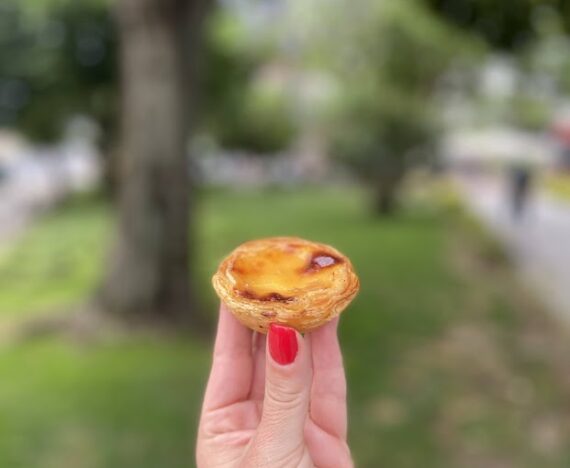
Museums and public transport: Lisboa Card & Viva Vigem.
To visit almost all the major attractions of the city and take the means you can choose the Lisboa card for the duration of 24h, 48h etc… are effective, so if you buy from 24h and activate it at the 1st of Friday will be valid until 10 am on Saturday.
For 24h the cost is € 22.
La Viva vigem gives you access only to public transport. It costs €0.50 and you can then chargeit as individual tickets or subscriptions, according to your needs
Now it’s your turn, have you ever been to Lisbon?
Talk to you soon
Rossella

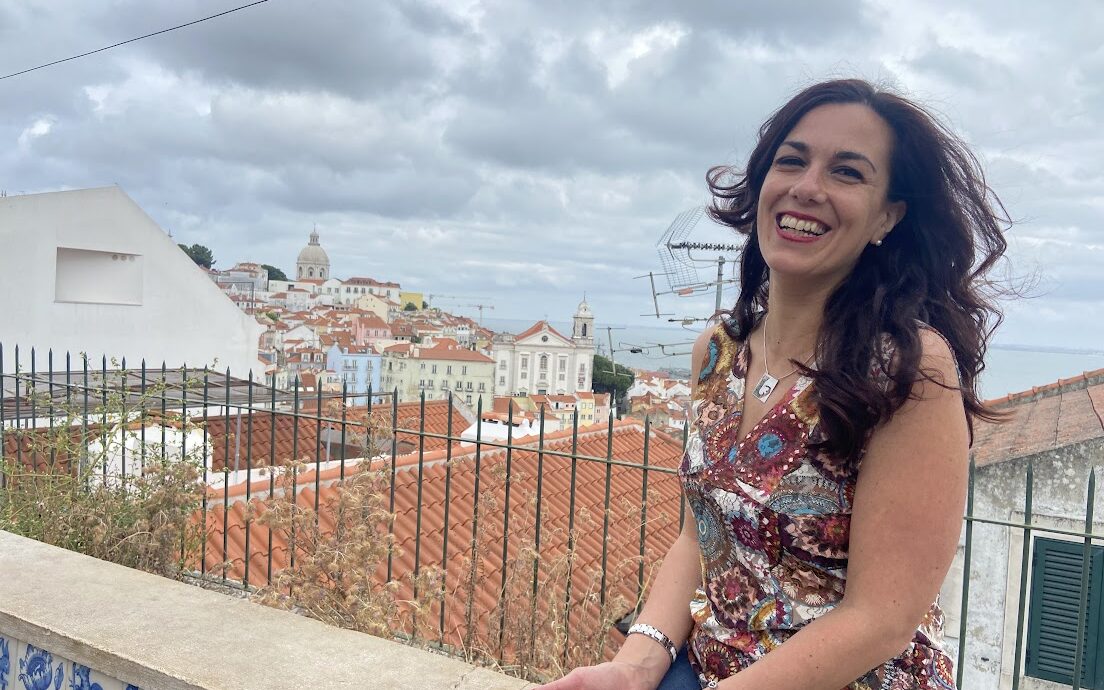
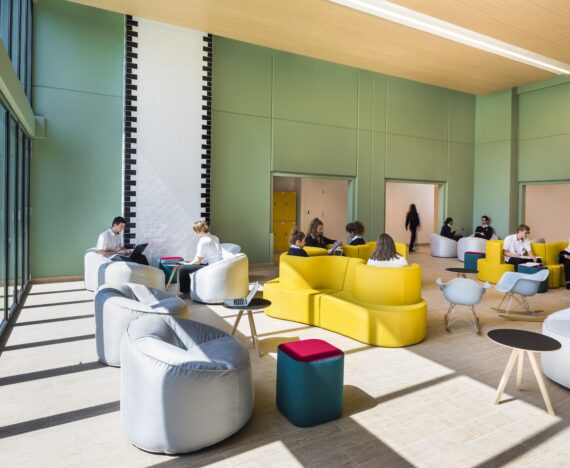
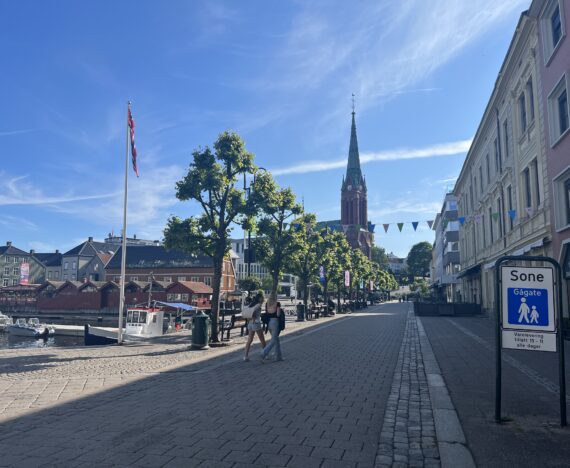

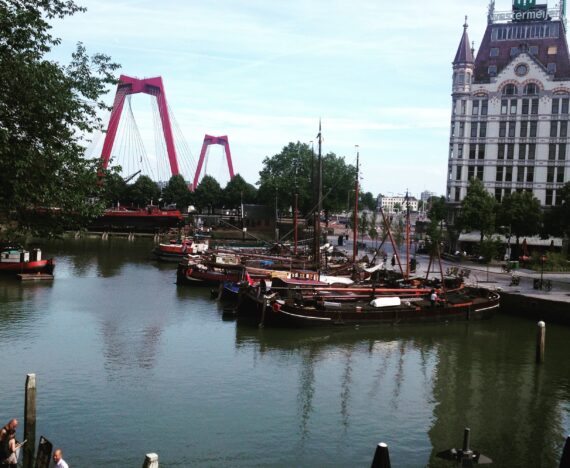

Comments
Chiara
Domani parto per Lisbona, tips interessanti e davvero utili!!
Rossella
Lisbon is stunning! Enjoy e fammi sapere tutto quando torni